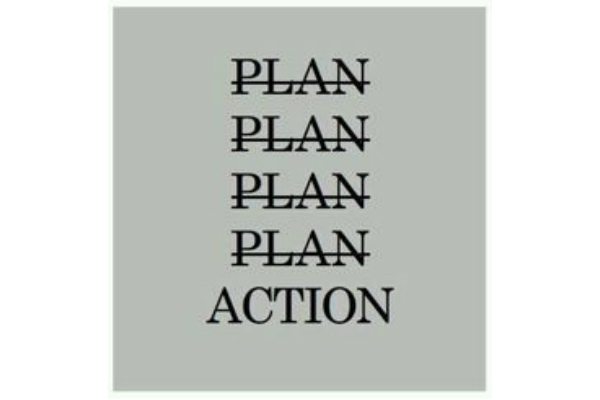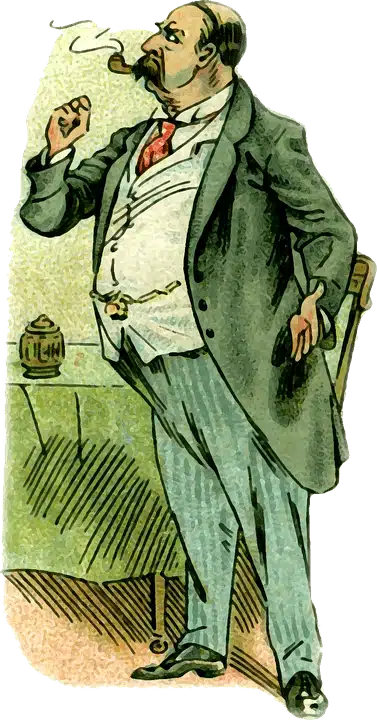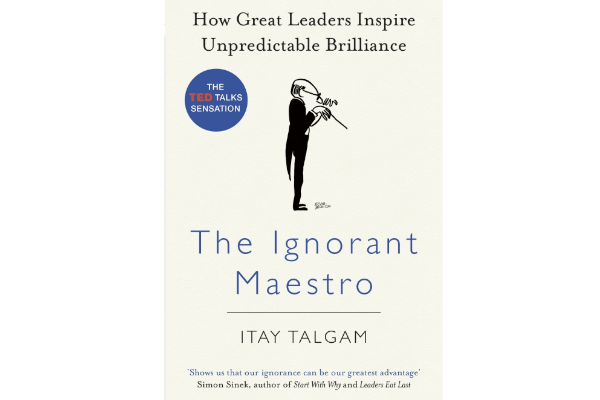“Have a bias toward action – let’s see something happen now. You can break that big plan into small steps and take the first step right away.” – Indira Gandhi
We’ve consistently observed a critical trait that sets high performers apart from the rest: a strong bias for action. This isn’t just about being busy or doing things quickly. It’s about cultivating a mindset where momentum, experimentation, and learning by doing are prioritized over analysis paralysis.
Understanding Bias for Action
Table of Contents

Lessons from the Field
In our workshops, we’ve noticed that the highest-performing leaders often exhibit an urgency to act. They don’t wait to be told what to do. They don’t dwell on potential pitfalls. Instead, they break down problems into smaller pieces, act on what they know, and learn along the way. This approach often leads to greater innovation, resilience, and confidence within their teams.
A great example of an organization that institutionalizes this value is Unilever. We’ve worked with several Unilever leaders, and one consistent trait we’ve seen is their natural tendency to take initiative. This is no accident. “Bias for Action” is one of Unilever’s core leadership competencies and a principle embedded into their leadership development programs. Operating in a fast-moving consumer goods (FMCG) industry, their culture demands leaders who can think quickly, make decisions, and act decisively.
Related Reading: Unilever Bangladesh | Influence Workshops
What Happens When Leaders Lack This Trait?
Through our coaching engagements, we’ve observed that leaders who lack a bias for action often get bogged down in overanalysis. They wait for certainty, seek more data, or spend too much time in planning meetings. In our experience, such delays often lead to missed opportunities, team frustration, and stagnation.
One HR Director once shared with us how a mid-level manager had identified a serious inefficiency in a regional supply chain. However, he waited nearly six months before proposing a change because he was unsure how the leadership team would react. By the time he presented his idea, the situation had worsened, costing the company time and money. What was missing wasn’t competence – it was the courage to act.
From Philosophy to Practice

Richard Branson, in his book “Screw It, Let’s Do It,” champions the idea that inaction is often the bigger risk. One of our team members often quotes Branson’s line: “If somebody offers you an amazing opportunity but you are not sure you can do it, say yes, then learn how to do it later!”
We’ve seen this attitude in many of the entrepreneurs and startup founders we’ve worked with. In such environments, uncertainty is a given, and the only way to learn is by doing. The same philosophy can be applied within large organizations, where leaders must balance vision and execution.
That brings us to Nelson Mandela’s wise words: “Vision without action is just a dream, action without vision just passes the time, and vision with action can change the world.”
At one of our client’s offices, we saw the training rooms named: Vision, Passion, and Action – a daily reminder to all of us that success requires more than ideas or intentions; it requires doing. We use this symbolic naming to reinforce the value of moving from thought to action.
Related Reading: Why Innovation Needs Action?
Why Do People Resist Action?
David Maister, in his book “Strategy and the Fat Smoker,” makes a powerful analogy. We all know that eating healthy, exercising, and quitting smoking are good for us. And yet, most people don’t act on this knowledge. Why? Because the benefits lie in the future, while the discomfort of change is immediate.
The same applies in the corporate world. In our training sessions, we often ask: “What is one thing you know you should be doing, but haven’t started yet?” The responses range from “initiating feedback conversations” to “taking ownership of a failing project.” When we dig deeper, the most common reasons for inaction are fear of failure, fear of judgment, and perfectionism.
One participant from a multinational bank once told us, “I wait until I have the perfect plan. But the truth is, by then, someone else has already moved forward.”
Related Reading: 21 Micro Habits To Improve Wellness
Encouraging a Culture of Action in Organizations
So how do we develop a bias for action in leaders and teams? Here’s what has worked for our clients:
1. Create Safe-to-Fail Environments
When teams know they won’t be penalized for mistakes made in good faith, they are far more likely to try new things. Aim to create spaces where failure is not just accepted, but embraced as a learning tool.
2. Celebrate Micro-Decisions
In our leadership interventions, we encourage leaders to recognize and reward not just big achievements, but also small acts of initiative. Whether it’s someone taking charge of a meeting or solving a customer issue without escalation, these moments build the foundation of an action-oriented culture.
3. Model the Behavior
Leaders set the tone. When they show urgency, take decisions, and move swiftly (without being reckless), their teams follow. One of our clients in the logistics industry even set a target: no decision should sit unresolved beyond 48 hours unless more data is essential.
4. Embed Action into L&D Initiatives
In our programs, we don’t just train on action orientation, we design activities where participants must act under time pressure, make quick decisions, and reflect on outcomes. The learning is immediate and visceral.
Related Reading: A gamified workshop experience to cascade culture across the organization.
Bias for Action in the Post-Pandemic Era
The COVID-19 pandemic taught leaders across the world that waiting for certainty can be paralyzing. Companies that acted fast, even if imperfectly, were often the ones that thrived. We saw this firsthand with many of our clients who pivoted rapidly to digital solutions, remote work, and new business models.
One L&D head we work with shared how their team launched a digital learning platform in just 3 weeks – something that had been on the roadmap for over a year. What changed? Urgency replaced perfectionism.
This is the new leadership landscape: fast, flexible, and action-oriented. Organizations must now ask: Are we hiring, training, and promoting leaders who can thrive in such an environment?
Related Reading: 10 Common Cognitive Biases & How to Overcome Them?
Final Thoughts
Steve Jobs once said, “If I try my best and fail, well, I have tried my best.” That spirit of initiative, of doing rather than delaying, is what defines transformational leadership.
In our work with hundreds of leaders across industries, we’ve found that those with a bias for action not only lead more effectively but also inspire confidence, loyalty, and innovation in their teams. They shape the future rather than react to it.
From a corporate L&D perspective, instilling a bias for action should be a foundational goal. It’s not just a nice-to-have trait. It’s a must-have capability for navigating the complexities of today’s workplace.
So here’s our invitation to you: Think of one thing you’ve been putting off. Take the first step today.
We’d love to hear your stories. When did acting decisively make a difference in your journey? Share your experience in the comments below.









